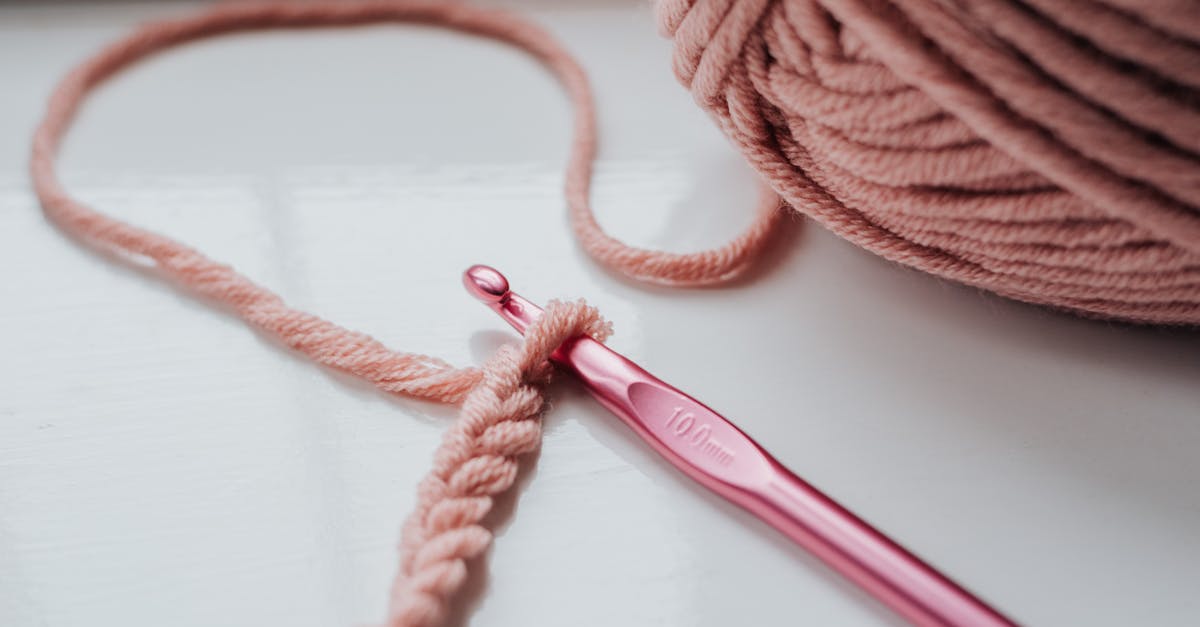Crocheting is a versatile craft that offers a wide range of techniques and tools to explore. Whether you’re a beginner or a seasoned crocheter, delving into new methods can expand your skills and creativity. In this article, we will discuss three exciting techniques—freeform, filet, amigurumi—and hairpin lace, along with the necessary tools to master them.
1. Freeform Crochet:
Freeform crochet is a liberating technique that allows crocheters to break away from traditional patterns and rules. It emphasizes creativity, spontaneity, and individuality. To excel in freeform crochet, consider using a variety of yarn weights, textures, and colors. Experiment with different crochet hook sizes to achieve varying stitch densities and textures. Additionally, invest in a set of quality stitch markers to help keep track of your stitches and designs as you work. With freeform crochet, the possibilities are endless, and you can create unique, one-of-a-kind pieces that truly showcase your personal style.
2. Filet Crochet:
Filet crochet is a technique that involves creating open and filled mesh patterns within your crocheted fabric. This technique is commonly used for making delicate designs, such as intricate lace panels or pictorial motifs. To try your hand at filet crochet, you’ll need a set of specialized filet crochet hooks, which feature a long, slender shaft and a pointed tip for working with fine threads. Additionally, invest in a quality crochet chart or pattern book that provides clear instructions on how to create different filet crochet motifs. With practice and patience, you can master filet crochet and create stunning, heirloom-quality pieces that showcase your attention to detail.
3. Amigurumi and Hairpin Lace:
Amigurumi is the art of crocheting small, stuffed creatures or objects, typically using single crochet stitches in the round. To excel in amigurumi, invest in a set of ergonomic crochet hooks that are comfortable to hold for long periods. Use safety eyes, fiberfill stuffing, and yarn needles to add the finishing touches to your amigurumi creations. As for hairpin lace, this technique involves using a hairpin lace loom to create intricate lace patterns that can be used for scarves, shawls, and other decorative pieces. Invest in a quality hairpin lace loom and a variety of yarn weights to explore different lace designs and textures.
Conclusion:
As you venture into the realm of freeform, filet, amigurumi, and hairpin lace crochet techniques, remember that practice and patience are key to mastering these skills. Experiment with different tools, yarns, and patterns to discover your unique style and create beautiful, handmade creations that reflect your passion for crochet. By embracing these techniques and tools, you can take your crocheting to new heights and unlock a world of creative possibilities.


